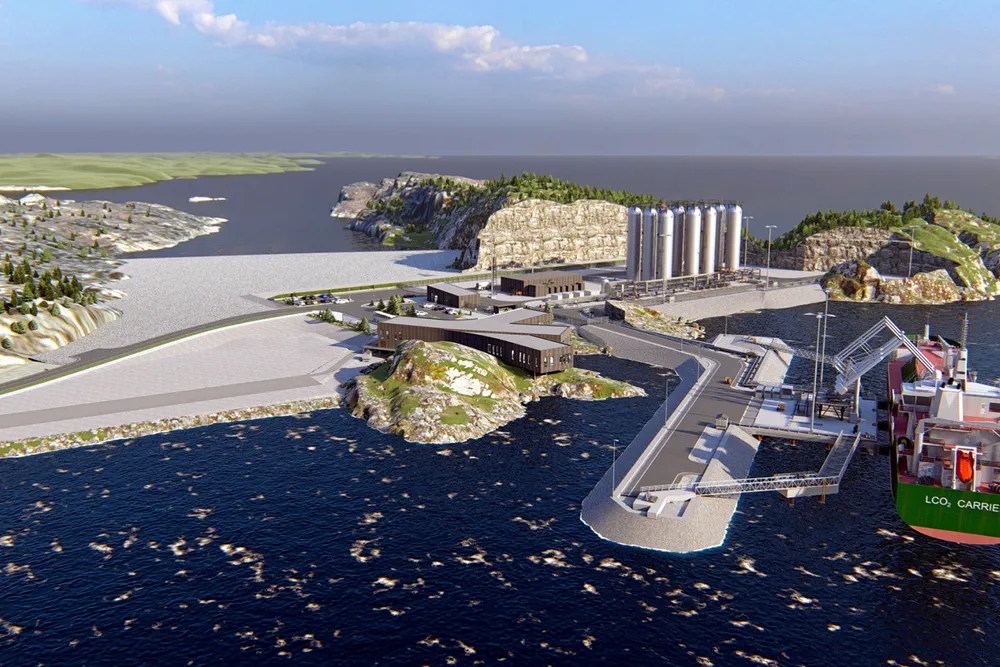Questions remain, but large-scale carbon capture is crucial for energy transition
The UK has shortlisted bidders for carbon capture and storage schemes, advancing towards bringing more CCS projects on stream in support of net zero strategies

The UK has shortlisted bidders for carbon capture and storage schemes, advancing towards bringing more CCS projects on stream in support of net zero strategies
